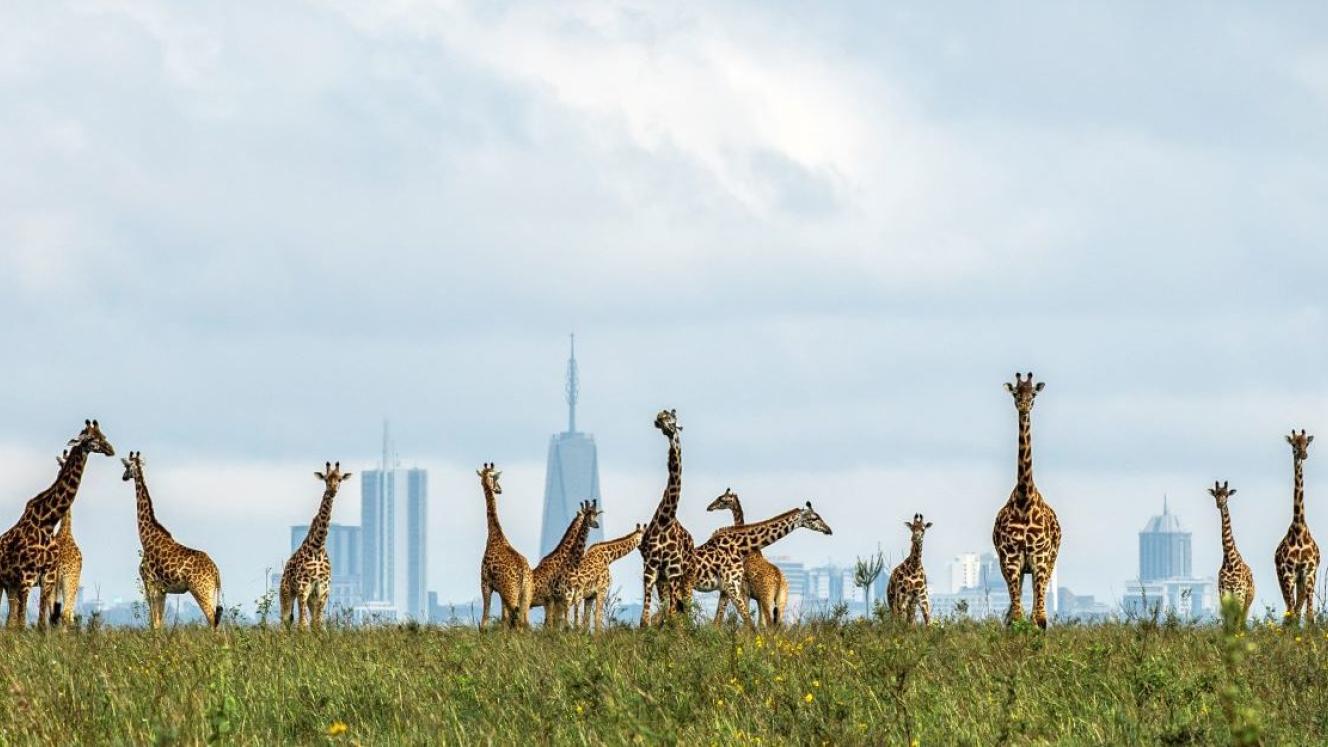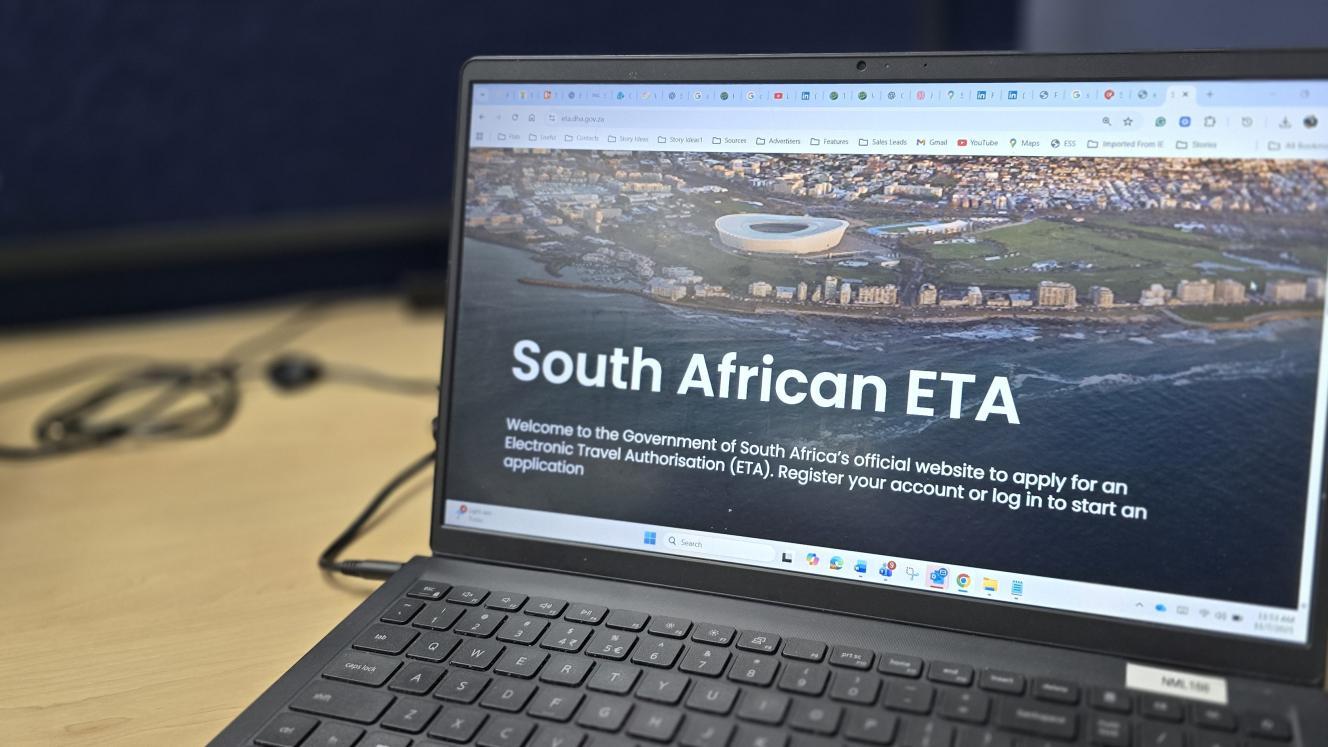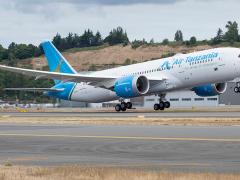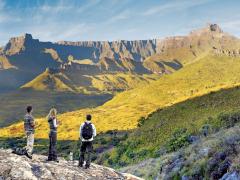The Kenya Wildlife Service (KWS) has announced a proposal to revise national park entry fees across the board.
KWS says the move, detailed in the draft Wildlife Conservation and Management (Access and Conservation Fees) Regulations, 2025, is part of a broader effort to address a KSh12 billion (€80 million) annual funding shortfall that threatens the sustainability of Kenya’s conservation efforts.
In the 2024/2025 financial year, KWS generated KSh7.92 billion (€52.7 million) in revenue, far below the KSh19.8 billion (€131.8 million) needed to meet its operational and conservation targets. The deficit has made it difficult for KWS to maintain protected areas, respond to human-wildlife conflict, manage anti-poaching operations, and restore degraded habitats.
“For over a decade, our conservation fee structure has remained static, despite rising costs, evolving visitor expectations, and increasing threats to wildlife,” said KWS Director General, Erustus Kanga. “This review is not just about revenue – it is about the survival of our wildlife and the resilience of our conservation systems.”
If approved, the revised fee structure will cover access to national parks, reserves, sanctuaries, and marine protected areas. It is expected to double annual revenue from tourism-related activities to a projected KSh16.9 billion (€112.5 million) by 2028. KWS says the changes will enable it to modernise park infrastructure, expand conservation education, enhance security operations, and improve visitor experiences.
Industry reaction
The proposal has sparked a wide spectrum of reactions from tourism industry stakeholders.
Mohanjeet Brar, MD of Gamewatchers Safaris and Porini Camps, acknowledges the need for increased funding, noting that operational costs like anti-poaching, staff salaries, and equipment have risen significantly. However, he cautions that blanket increases may have unintended consequences.
“The additional park fee is justified, but it should align with demand. If you raise fees across the board, some parks, like Lake Nakuru, which has seen reduced flamingo populations and a shrinking habitat, may suffer drops in visitor numbers,” he said.
Brar emphasised that any price changes should be evaluated on a park-by-park basis and be supported by additional funding from the Treasury. “Tourism already contributes heavily through ETAs, road levies, and fuel taxes. The government should consider increasing direct budgetary support to parks,” he added.
Felix Migoya, Chairperson of the East Africa Tour Guides and Drivers Association, said the proposed fee of US$80 for non-resident visitors to Nairobi National Park was too high. “We feel they should have capped it at US$60.” He urged KWS to invest in under-utilised facilities within parks to attract new revenue streams while giving time for the new rates to gain acceptance.
Daniel Mbugua, Chairperson of the Tour Operators Society of Kenya (TOSK), warned that the hike could impact perceptions on affordability of the destination. “Internationally, Kenya is already viewed as one of the more expensive safari destinations. Further increases in park fees must be matched with improved value –better signage, clean facilities, safety, and overall guest experience,” he noted.
TOSK has called for a phased approach to the fee increase, preferential rates for Kenyan citizens, and clear reinvestment plans to show how the additional income benefits conservation and local communities.
Affordability perceptions
Josphat Malombe, CEO of Phil Travel Safaris, echoed these sentiments, especially from the perspective of smaller tour operators. “For families and budget travellers, the fee hike makes safaris less accessible. Small companies will struggle to remain competitive,” he said.
Malombe called for creative revenue generation beyond entry fees, including optional activities such as night drives, conservation talks, and eco-tourism collaborations with local communities.
Having experience across African and Asian markets, Founder of HotelOnline, Havar Bauck, warned that travellers compare safari destinations worldwide not just within Africa.
“If Kenya becomes too expensive, tourists can easily opt for Serengeti in Tanzania, Kruger in South Africa, or even national parks in Sri Lanka or India,” he explained.
Bauck said travellers expect value for money.
“Charging premium rates while offering poor infrastructure, like bumpy roads or limited signage, is not sustainable. If we want to justify higher fees, we must deliver a world-class experience.”
He proposed a dynamic pricing model where peak season like during the wildebeest migration should attract higher fees, while off-peak months remain affordable. He also suggested leveraging higher fees to reduce crowding and position Kenya as an exclusive destination, but only if infrastructure and visitor experience improve accordingly.














